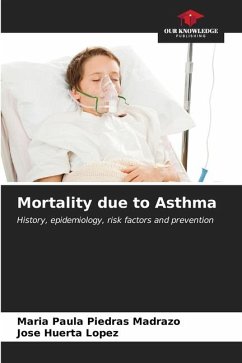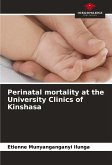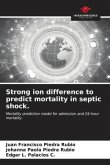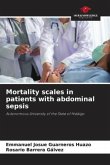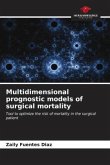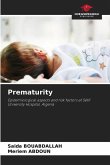Currently, asthma is one of the most prevalent chronic diseases in the world and it is estimated that around 300 million people suffer from it. In recent years, its incidence has increased in children and adults in recent decades, on a par with that of allergic rhinitis and eczema. The impact on the number of years of life lost due to disability amounts to 15 million days per year, equivalent to 1% of the years of life lost due to disability worldwide. In 2004, the Global Initiative Against Asthma (GINA) reported a maximum worldwide mortality of 2 persons per 100,000 deaths between the ages of 5 and 34. In Mexico, the estimated mortality is 0.5 cases per 100,000 deaths from 5 to 34 years of age (general mortality), and 14.5 deaths per year per 100,000 cases of asthma. This places us in eighth place in mortality worldwide, where China has the first place with 36.7 deaths per 100,000 cases of asthma. ISAAC conducted a study based on a questionnaire to detect the prevalence of symptoms associated with asthma during 12 months and Mexico was ranked 46th out of 56 countries participating in the study.
Bitte wählen Sie Ihr Anliegen aus.
Rechnungen
Retourenschein anfordern
Bestellstatus
Storno

